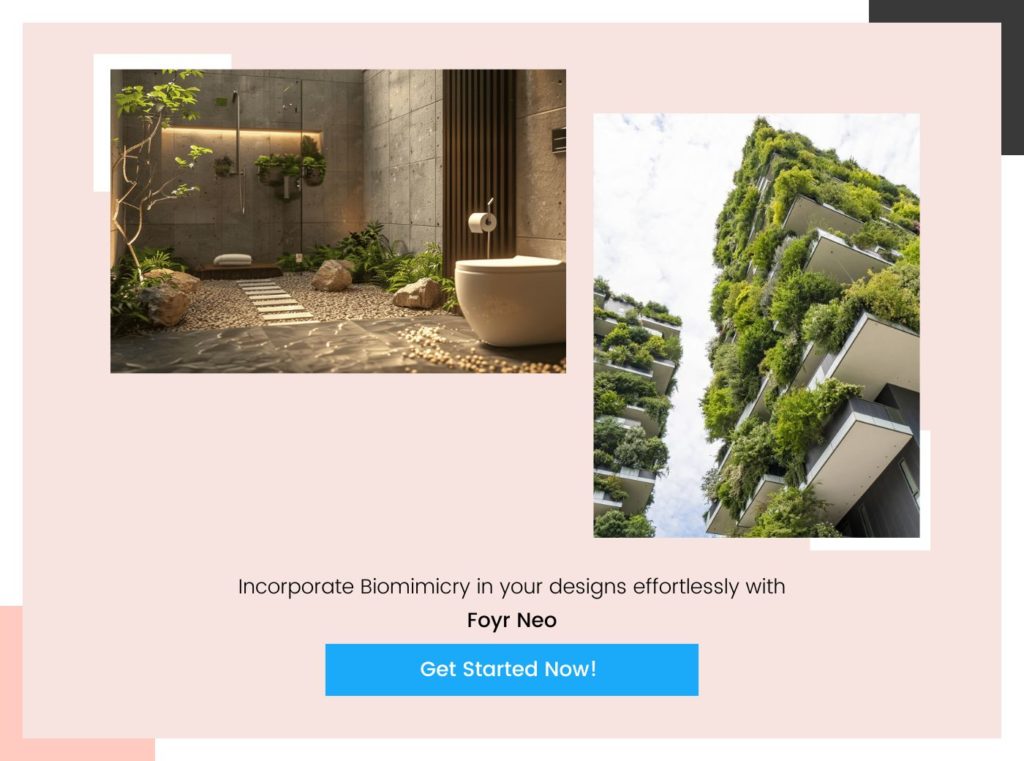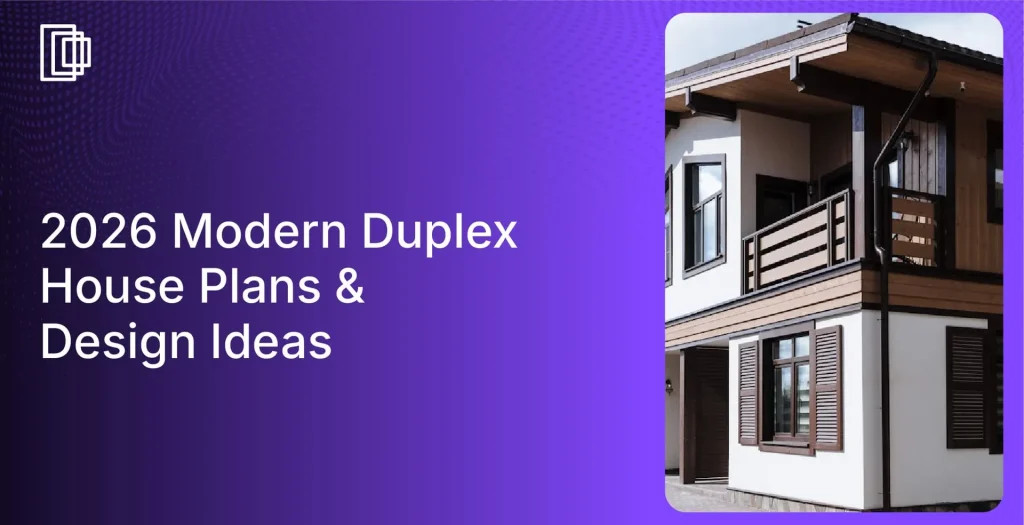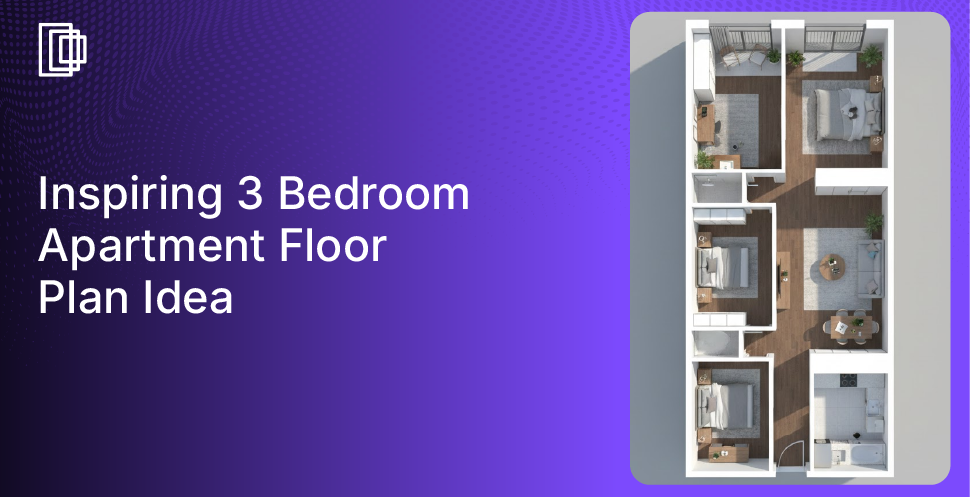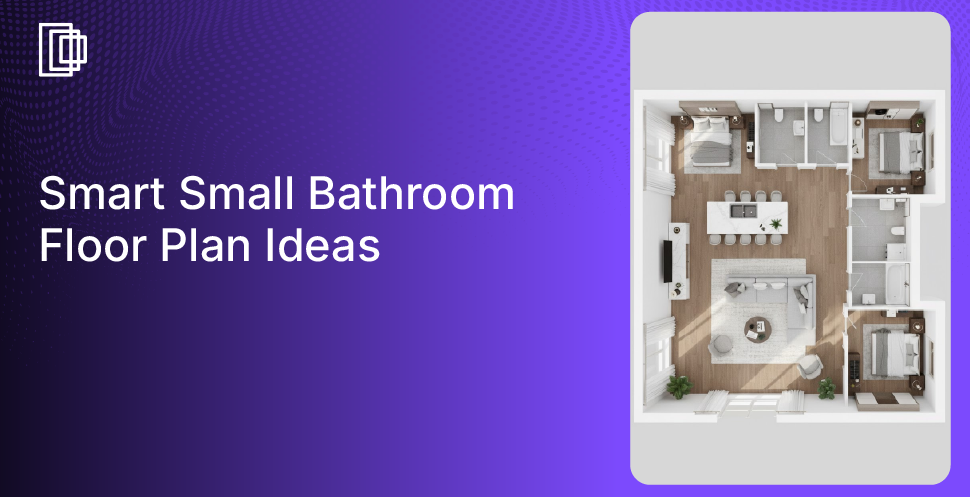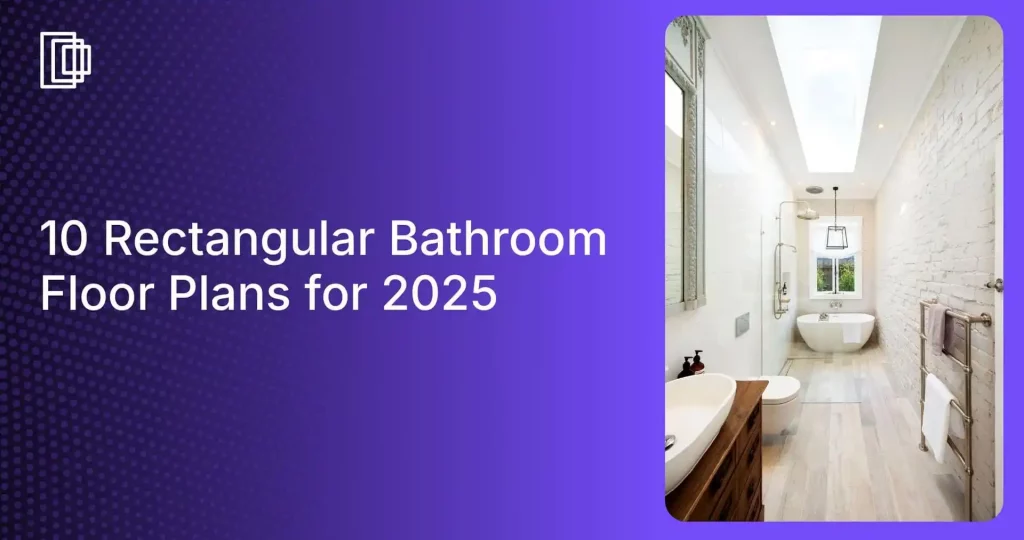Introduction
Have you ever marveled at the intricate designs of nature and wondered how we can incorporate such brilliance into our built environment? Biomimicry, the practice of drawing inspiration from nature to solve human challenges, has become a significant trend in architecture and interior design. By emulating nature’s time-tested patterns and strategies, architects and designers, with the help of tools like Foyr Neo, are creating sustainable, efficient, and aesthetically pleasing structures that harmonize with the environment.
In this blog, we’ll delve into the fascinating world of biomimicry in architecture and interior design, exploring 10 innovative examples that showcase how nature’s genius is influencing modern design.
What Is Biomimicry?
Biomimicry, coined by biologist Janine Benyus in her 1997 book “Biomimicry: Innovation Inspired by Nature,” refers to the design and production of materials, structures, and systems that are modeled on biological entities and processes. It’s about learning from nature’s 3.8 billion years of evolution to create solutions that are sustainable and efficient.
As Benyus puts it:
“Biomimicry is innovation inspired by nature.”
Why Incorporate Biomimicry in Architecture and Interior Design?
- Sustainability: Nature operates on closed-loop systems with zero waste. Biomimetic designs can reduce resource consumption and environmental impact.
- Efficiency: Natural designs are optimized for performance. Emulating these can lead to energy-efficient buildings.
- Aesthetics: Nature’s forms are inherently pleasing, enhancing the visual appeal of structures.
 10 Examples of Biomimicry in Architecture and Interior Design
10 Examples of Biomimicry in Architecture and Interior Design
1. Eastgate Centre, Harare, Zimbabwe
Inspired by: Termite Mounds
The Eastgate Centre, designed by architect Mick Pearce, is a prime example of biomimicry. The building’s ventilation system is inspired by termite mounds, which maintain a constant internal temperature despite external fluctuations.
- How It Works: The building uses a passive cooling system that circulates air through the structure, similar to how termites regulate temperature in their mounds.
- Benefits: It uses up to 90% less energy for ventilation than conventional buildings of its size.
Quote:
“By learning from termites, we’ve created a building that uses less energy and provides a comfortable environment for its occupants.”
– Mick Pearce, Architect
2. The Lotus Temple, New Delhi, India
Inspired by: Lotus Flower
Designed by architect Fariborz Sahba, the Lotus Temple draws inspiration from the lotus flower, a symbol of purity and peace in Indian culture.
- Design Features: The temple features 27 marble-clad petals arranged in clusters, resembling a blooming lotus.
- Significance: Beyond aesthetics, it represents unity and harmony among all people and religions.
3. Beijing National Stadium (Bird’s Nest), China
Inspired by: Bird’s Nests
Designed by architects Herzog & de Meuron for the 2008 Olympics, the stadium resembles a bird’s nest, symbolizing nurturing and growth.
- Structural Design: The interwoven steel structures mimic the random yet robust pattern of twigs in a nest.
- Functionality: Provides structural stability and allows natural ventilation and light.
4. One Central Park, Sydney, Australia
Inspired by: Vertical Gardens
Designed by architect Jean Nouvel with botanist Patrick Blanc, One Central Park features extensive vertical gardens.
- Biomimicry Aspect: Emulates natural growth patterns of climbing plants.
- Benefits: Improves air quality, provides insulation, and reduces urban heat island effect.
- Data Point: Features over 35,000 plants covering 1,200 square meters of facade.
 5. The Gherkin (30 St Mary Axe), London, UK
5. The Gherkin (30 St Mary Axe), London, UK
Inspired by: Marine Sponges
Designed by Norman Foster, The Gherkin’s energy-efficient design is inspired by the Venus Flower Basket sponge.
- Natural Ventilation: Spiraling light wells allow natural ventilation, reducing the need for air conditioning.
- Energy Savings: Reduces energy use by up to 50% compared to similar office towers.
6. Eden Project, Cornwall, UK
Inspired by: Soap Bubbles and Pollen Grains
Designed by Nicholas Grimshaw, the Eden Project consists of geodesic domes housing diverse plant species.
- Structural Inspiration: Domes mimic soap bubbles and pollen grain geometry.
- Sustainability: Uses EFTE panels for maximum light transmission and is fully recyclable.
- Data Point: The world’s largest greenhouse, covering more than 30 acres.
7. Kunsthaus Graz, Austria
Inspired by: Amorphous Organisms
Nicknamed the “Friendly Alien,” designed by Peter Cook and Colin Fournier.
- Biomimicry Aspect: Blob-like shape resembles organic forms found in nature.
- Functionality: Facade made of acrylic panels that can display images, akin to bioluminescent organisms.
8. Aqua Tower, Chicago, USA
Inspired by: Rock Formations and Water Erosion
Designed by Jeanne Gang, the Aqua Tower’s balconies emulate limestone outcroppings shaped by erosion.
- Design Benefits: Varying balcony sizes break up wind currents, reducing building sway.
- Sustainability: Incorporates rainwater collection and energy-efficient systems.
Quote:
“We wanted to create a building that connects people to the city and nature.”
– Jeanne Gang, Architect
 9. The Montreal Biosphere, Canada
9. The Montreal Biosphere, Canada
Inspired by: Geodesic Domes
Originally designed by Buckminster Fuller for Expo 67.
- Design Inspiration: Geodesic dome mimics structures like honeycombs and radiolaria.
- Benefits: Efficient use of materials and space, strong and lightweight structure.
10. The Bullitt Center, Seattle, USA
Inspired by: Living Systems
Designed by the Miller Hull Partnership, known as the “greenest commercial building in the world.”
- Biomimicry Aspect: Operates like a living organism, generating energy, capturing water, processing waste.
- Sustainability Features: Solar panels, rainwater harvesting, composting toilets.
- Data Point: Designed to last 250 years, much longer than typical commercial buildings.
 Conclusion
Conclusion
Biomimicry in architecture and interior design offers a promising path toward sustainability and harmony with our environment. By learning from nature’s genius, architects and designers can create innovative solutions that are both functional and beautiful.
As Janine Benyus aptly said:
“The more our world functions like the natural world, the more likely we are to endure on this home that is ours, but not ours alone.”


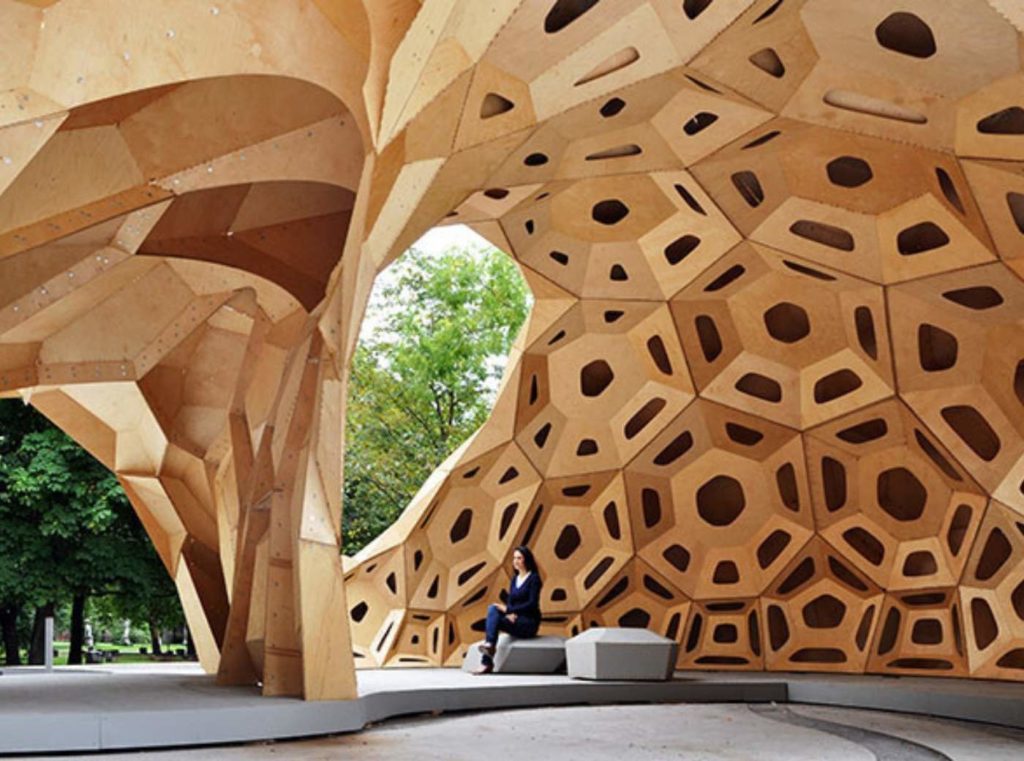
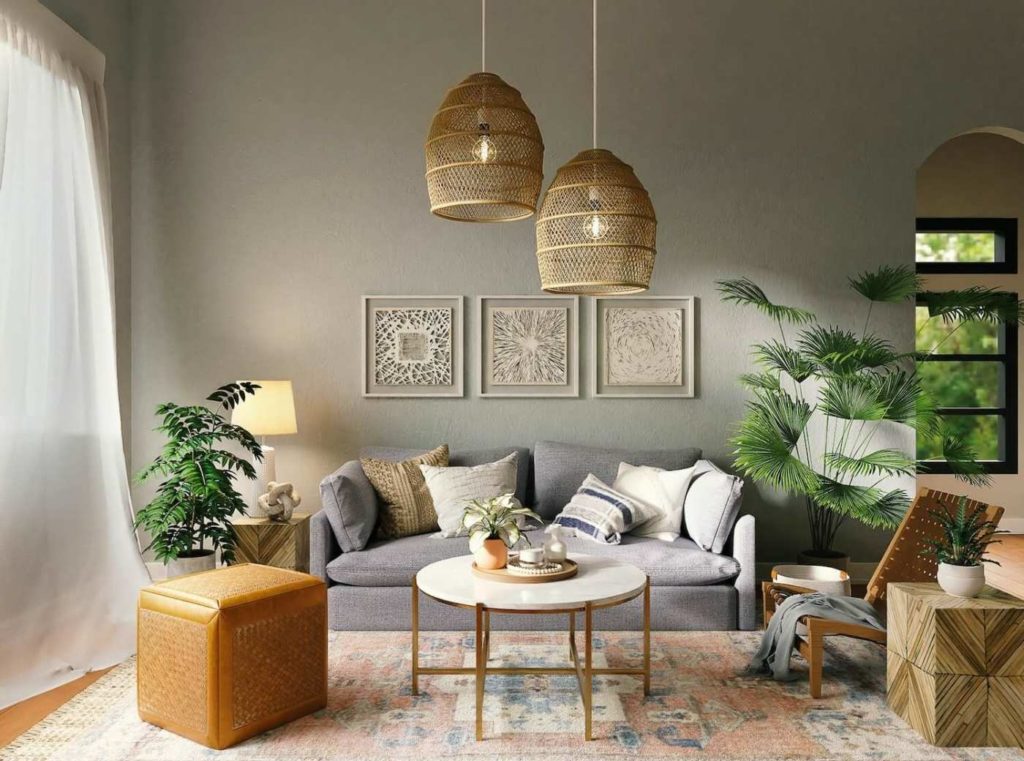 10 Examples of Biomimicry in Architecture and Interior Design
10 Examples of Biomimicry in Architecture and Interior Design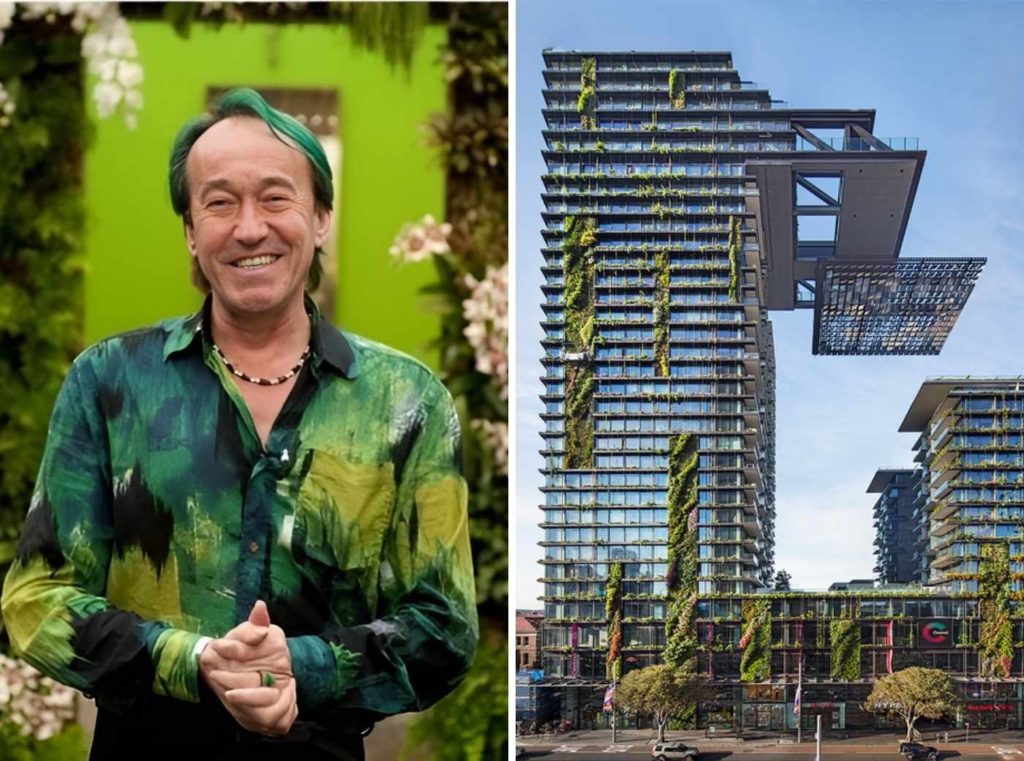 5. The Gherkin (30 St Mary Axe), London, UK
5. The Gherkin (30 St Mary Axe), London, UK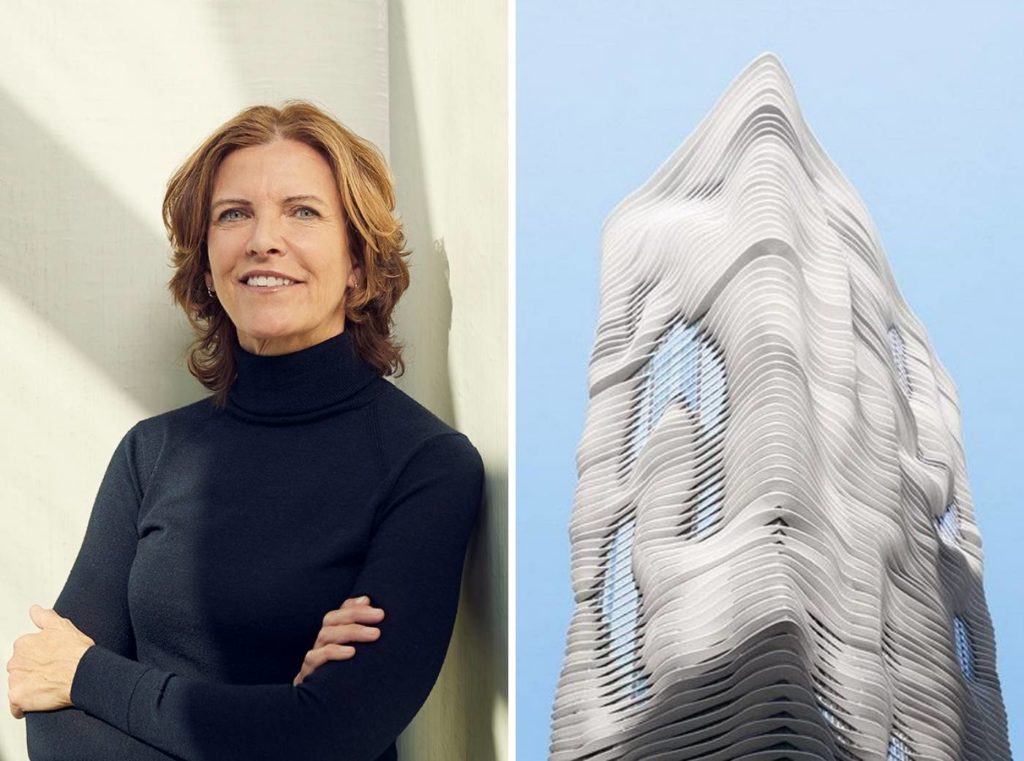 9. The Montreal Biosphere, Canada
9. The Montreal Biosphere, Canada